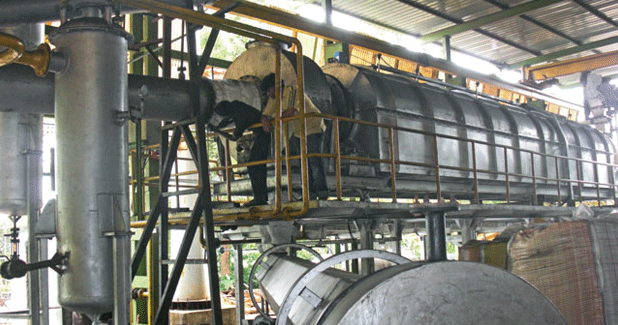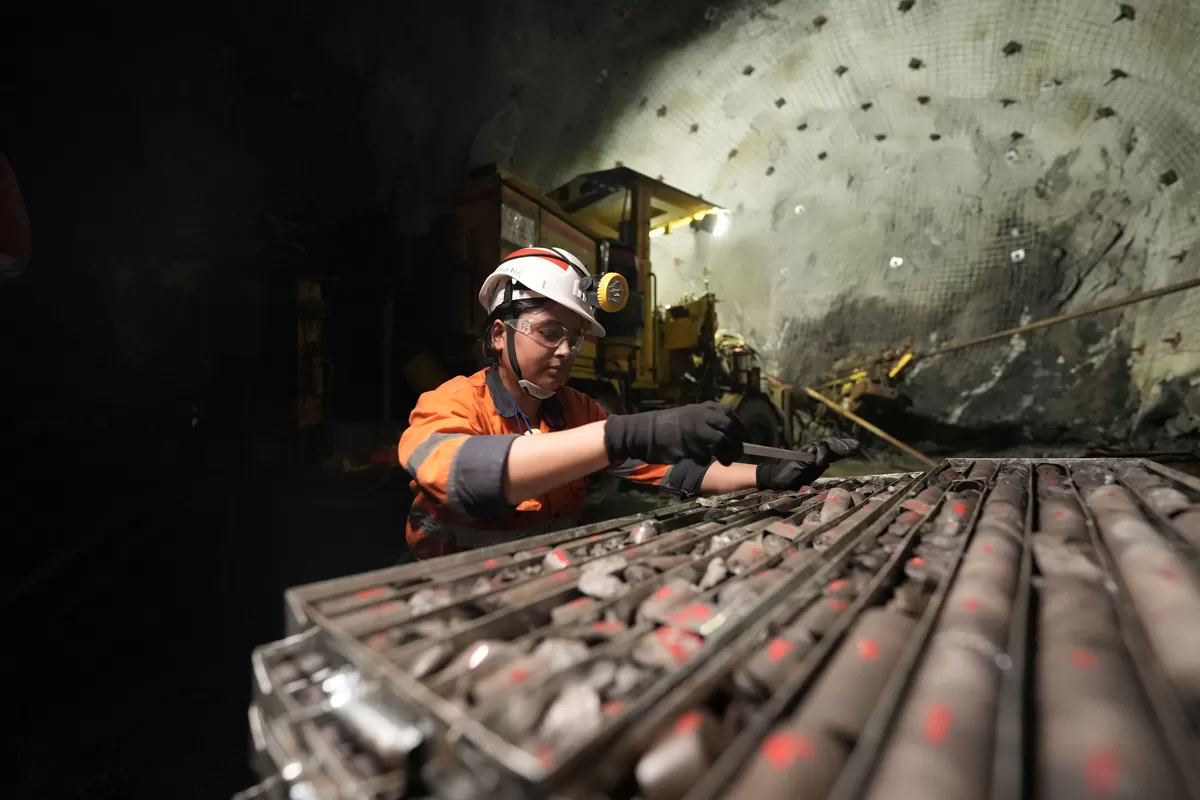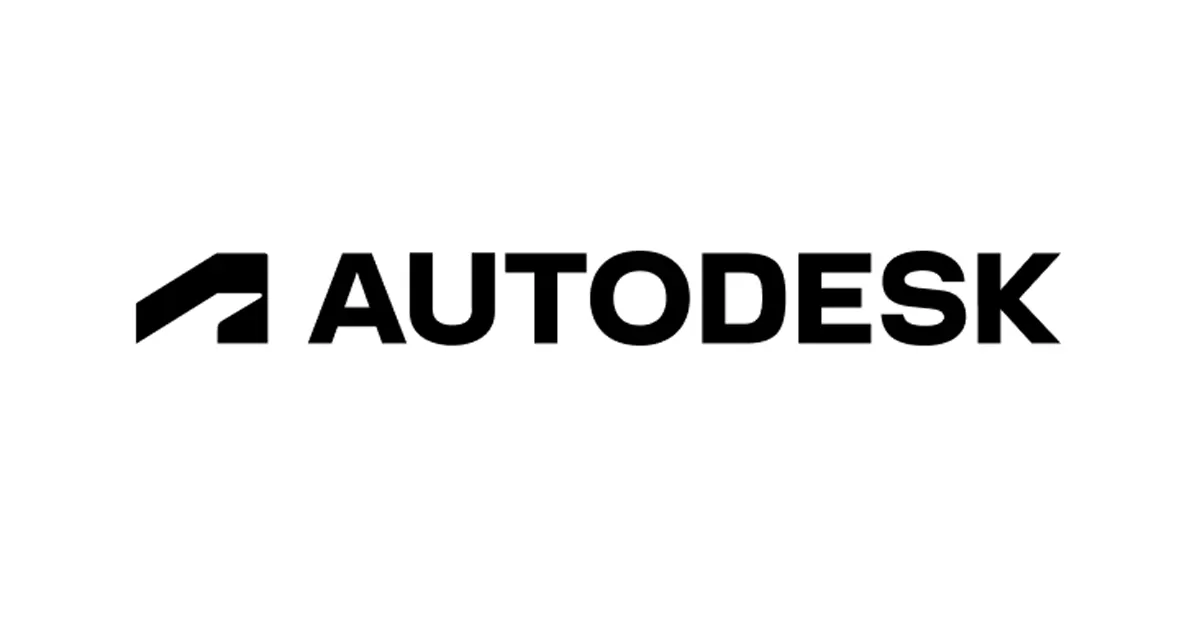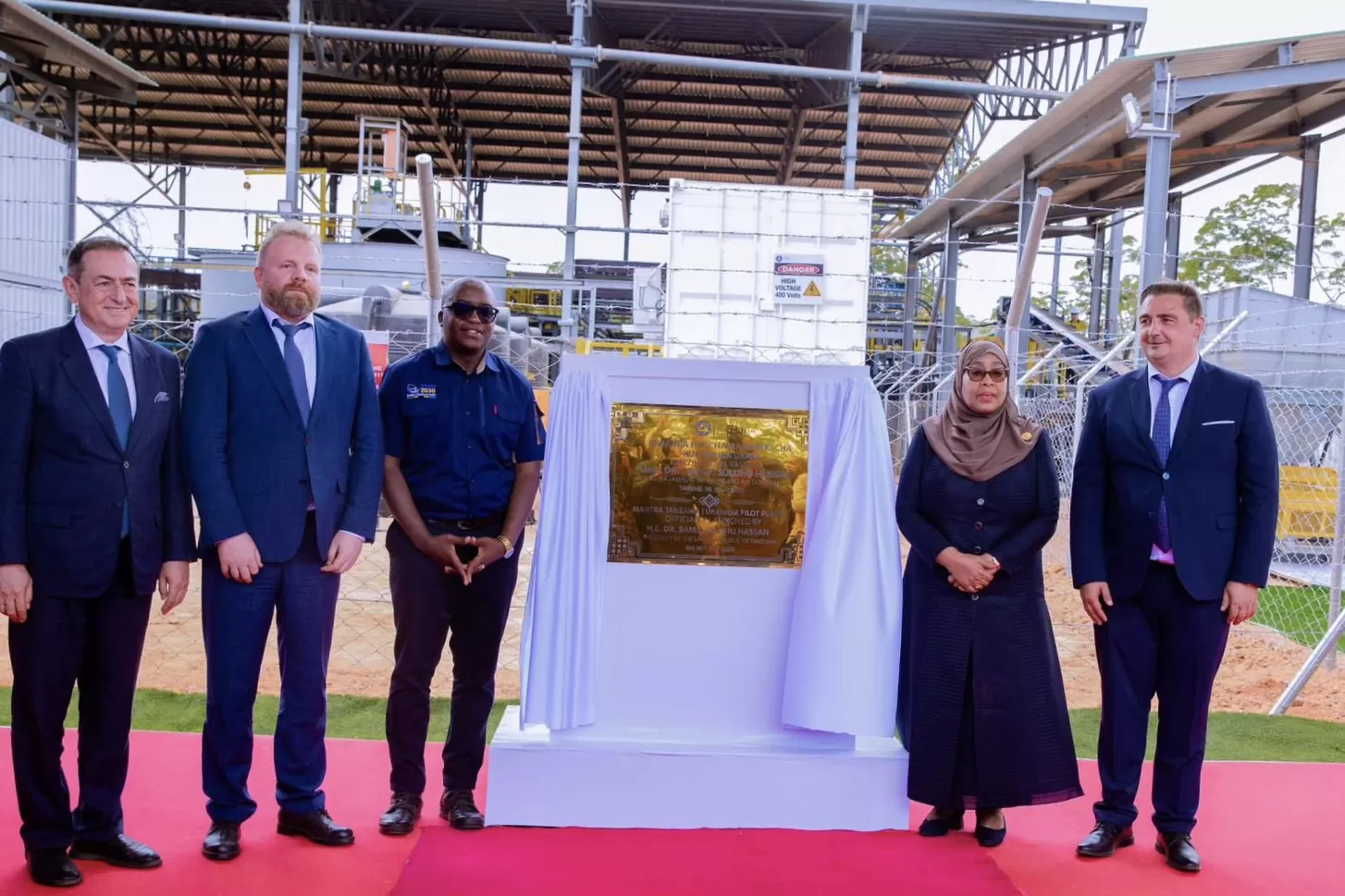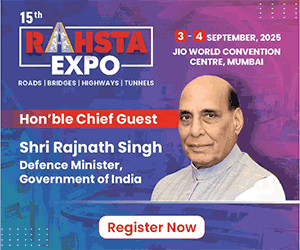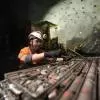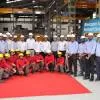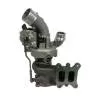Raghavendra Rao T, Chairman & CEO, Sustainable Technologies & Environment Projects (STEPS), offers a smart way to treat waste and convert it into an asset.
How is waste treated? Waste Management is a tedious process: Garbage is collected all over the city using hundreds of trucks and transported thousands of kilometres to an intermediate station. The intermediate station is also known as a transfer station. At the transfer station, an initial screening and segregation of garbage takes place. Rag pickers recover plastics and other recyclable materials of value and anything of no value for them goes to the landfill. The current garbage collection and transportation method is expensive and does not reduce the load on the landfills, where thousands of tonnes of waste get dumped daily. While finding the land to dispose this waste is one problem, transporting it from one point to another is environmentally unfriendly as the transportation not only adds to environmental pollution duel to consumption of fossil fuels but also the rotting garbage adds to air quality deterioration. The final destination, the landfill, is yet another mess as it attracts birds, rodents, insects, flies, etc.
The need of the hour is to bring this method to a halt. Believe it or not, value can be recovered from municipal solid waste - the answer lies in the decentralized polycrack technique. Raghavendra Rao T, Chairman & CEO, STEPS, has been working on this technology for the past eight years and explains it further to CW.
The method
There are different ways to get rid of organic matter; one is bio-composting and getting fertiliser out of it, other is biogas generation. Organic matter has some solutions, but what can be done with non-organic material? The polycrack technique was developed to provide a solution to the non-organic materials particularly, plastics, rubber, slow to biodegrade materials like coconuts, etc. Polycrack is a catalyst-based process where plastics or synthetic rubber are reformed to give liquid hydrocarbon-like light diesel oil (LDO), which has industrial use. In this way, one could recover value from waste.
Organic and inorganic
On average, about 4-6 per cent of total waste is plastic. So if total waste is 1,000 kg, 60 kg would be plastic, which yields around 40-50 litres of oil. However, there are issues like contamination of plastics with other materials like left-over food. Tearing apart plastic bags to remove the packed material is impossible on a large scale operation like a landfill. Further, high moisture content in the garbage renders the garbage to be an impossible material for segregation. We realized that the best solution would be to process the waste as a single entity. So we further developed the Polycrack technology to take both organic and inorganic waste material without segregation. In a city, this can be done at the ward level. Every ward can have a small unit - a decentralized system - occupying the size of a garage in a building.
Value addition
Unlike the conventional process of bio-composting or bio-gasification that take anywhere between five to six weeks to yield results, the Polycrack technique converts all the waste on the same day. The system generates high-value combustible gas and some oil. You can also get carbon, which is palletised into fuel pallets that go as solid fuel to the cement, paper and pulp industry, or any industry that uses coal. The carbon can also be used as a soil nutrient. Additionally, any gas generated is consumed by the process itself, thus slashing operating cost. Also it is a no-waste, zero-discharge process. The waste is not transported anywhere. Hence, we are trying to convert municipal solid waste management to a small, ward-level decentralised system.
Smart contribution
Today, builders are developing large complexes and townships incorporating all possible amenities and utilities. This includes waste management, water management and recycling of water.
The Polycrack units can fit into a system where the builder along with the apartment, offers an advanced waste management facility. The cost of the units can be included in the per square feet cost of the flats sold and this will not dent the pockets of the buyers as the cost is minimal. This process can also majorly contribute to smart cities. If I increase the quantity of gas coming out, instead of liquid fuel, the gas could partly be used to run the process, and the balance can be fed to a generator to generate electricity. So a smart city can get street lighting and water pumps to run on that waste.
In the Polycrack process, through catalytic cracking, in indirectly heated reactors, the waste is not burnt but vaporised; the vapours split into hydrocarbons and are reformed through a catalytic process. Thus, the gas is upgraded to hydrocarbon gas. The only emission comes from the combustion of the gases. Everything else is condensed. The moisture in the entire system gets condensed in the form of filtered water. This can be used for condensation needs and horticulture. So everything is being converted to useable products. In this way, one can achieve zero-waste scenarios within the city.
Combining with systems
The system can be independent or combined with others like solar. Also, with a sewage treatment plant (STP), a lot of bio-solids called sludge are generated that have to be disposed. This sludge can also come into the Polycrack process and treated like solid waste. Whatever is organic in nature is again converted into gas, which can be used to generate power. And the leftover soil can be disposed off or reused for landscaping. When sludge goes through the polycrack process, it becomes like dry powder, making it easier to dispose. This STP waste can also be combined with other solid waste and co-processed in the Polycrack system.
The affordability factor
Municipalities should consider the cost involved in buying a truck, manpower, transportation, fuel and managing the landfill. When the current method is compared to the decentralized model, there will not be a huge difference in overall cost immediately. But going forward, the decentralized systems will create value and efficiency. The idea is to stop creating mountains of waste that occupy premium land. The saving in the land cost and development cost of a landfill will be a direct saving to the municipal bodies.
Early adopters
This process is clean and silent with no odour or emissions. We can look at tie-ups with municipalities, on a PPP model. At present, we have about 11 projects underway all over India. At the institutional level, companies like Infosys are already using the technique. We also have a small residential colony system operating in New Motibagh colony in Delhi.
The capacity
Typically in a township, waste generated per head per day is 250 gm on an average. So, for a family of four, the average would be 1 kg. In a township with 1,000 flats, one would generate 1 tonne; thus, one could install a 2-tonne system. Our current models have a capacity to process 1, 5, 10 and 25 tonne per day. In the case of small-scale units, there is a 1 to 10 tonne range. With the global market opening up for such technologies, we are looking at nearly 70-80 additional systems every year.
- Shriyal Sethumadhavan
To share recent developments in construction technologies, write in at feedback@ASAPPmedia.com
